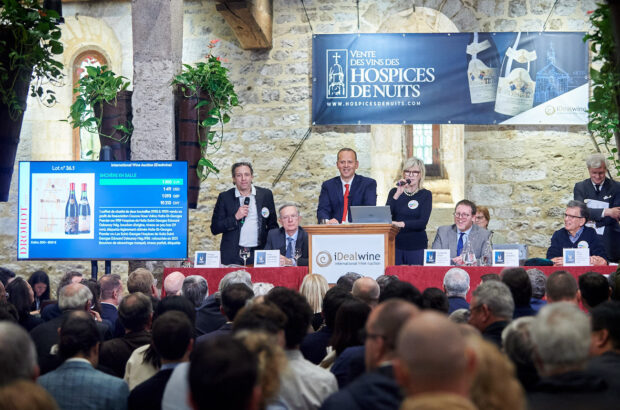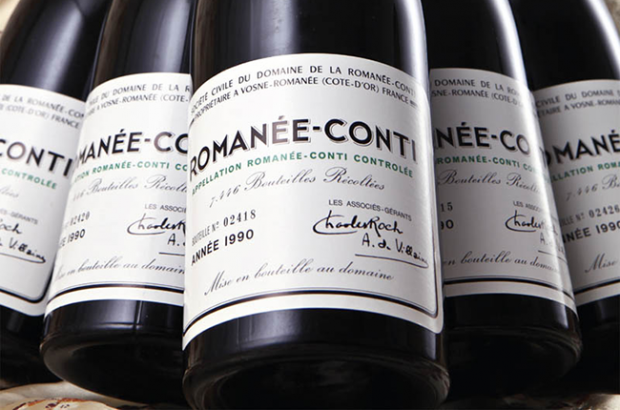Adam Stevens, by email, asks: In the producer profile on Remírez de Ganuza (March 2019 issue), Matt Walls provided tasting notes for the 1994, 2001 and 2010 Remírez de Ganuza Rioja. In each note the average age of the vines is 60 years.
As these wines span nearly 20 years I wondered if that would not push the average age of the vines up for the 2010. Had there been replanting to keep the average age down?
José Ramon Urtasun, co-owner of Remirez de Ganuza, replies: If we were talking about a single-vineyard wine, you are right that it would make absolutely no sense: if the vines were 60 years old in 1994 they should be 76 years old in 2010, unless the vineyard had been replanted.
But in the case of our wines, we blend grapes from more than 240 different plots. Because of this, the 60 years average information cannot be 100% accurate, as it’s an estimation from many plots.
There are two factors to take into account. One is that over the years we have bought and sold quite a few plots: 10 years ago we had around 70ha, a few years later over 100ha and for the last couple of years we reduced to over 80ha. Some of the new vineyards are a little younger than the average ones.
The second factor is the way we choose the grapes for the different wines. Imagine there is a particular vineyard that is 25 years old and we use it to produce Fincas de Ganuza. Some years later we decide that we like that vineyard very much and now that it’s a bit older we will use its grapes to make Remírez de Ganuza Reserva. Many vines that are used for Fincas de Ganuza are used for Remírez de Ganuza when they are old enough.
This question first appeared in the June 2019 issue of Decanter magazine.







